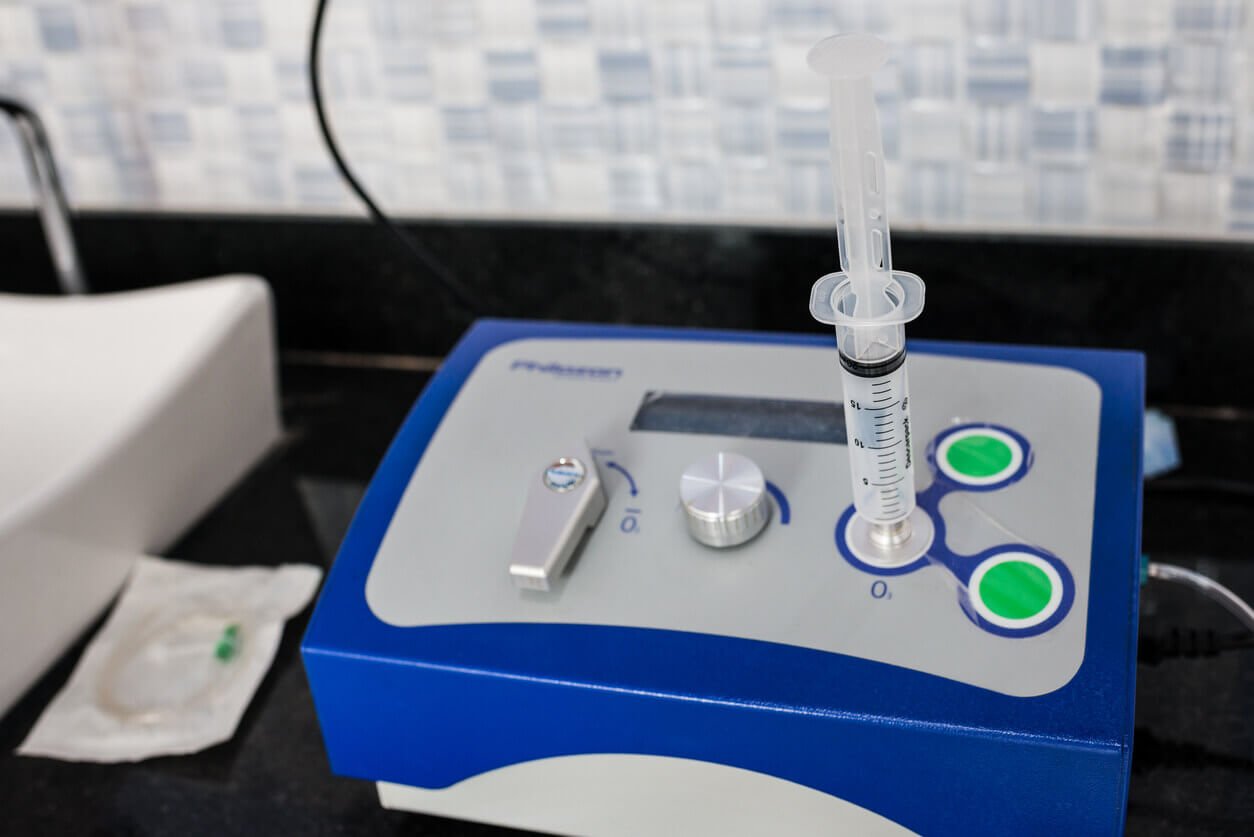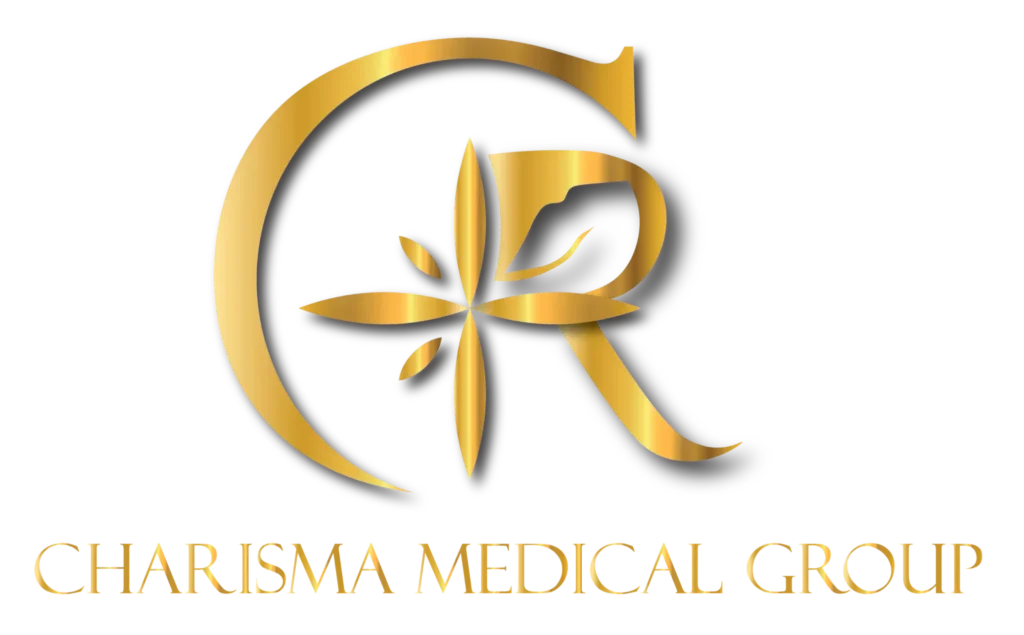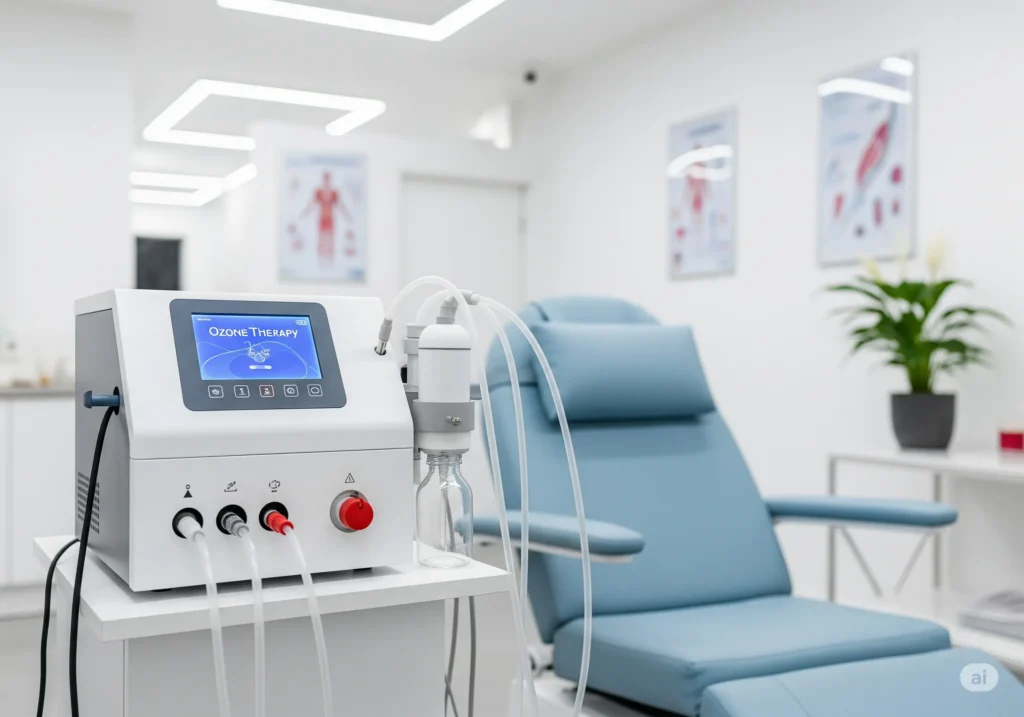In the vast and evolving landscape of modern medicine, new and alternative therapies often capture public interest by promising groundbreaking results for a variety of health conditions. Among these, ozone therapy stands out as a subject of both intrigue and intense debate. For some, it represents a powerful tool for healing and rejuvenation, while for others, it remains an unproven treatment with significant safety concerns.
This extensive guide serves as a definitive resource, offering a balanced and detailed look at ozone therapy. We will delve into its scientific principles, explore its claimed therapeutic applications, and—most importantly—present a transparent view of what the scientific community and major health organizations say about its use. Our goal is to empower you with the knowledge to make an informed decision by understanding the full picture.
The Science Behind Ozone: A Powerful and Reactive Gas
To understand ozone therapy, one must first grasp the nature of ozone itself. Chemically, ozone () is an allotrope of oxygen (), meaning it is composed solely of oxygen atoms but in a different structural form. With its three oxygen atoms, ozone is highly unstable and reactive. It is a powerful oxidizing agent, meaning it can readily react with other molecules, including biological ones.
Ozone therapy involves the use of specialized medical equipment to convert pure medical-grade oxygen into ozone gas at precise, controlled concentrations. The therapeutic dose is always a mixture of oxygen and ozone, as pure ozone is toxic. The high reactivity of the ozone molecule is the very foundation upon which its claimed medical benefits are based.
Methods of Administration
Ozone therapy is not a single procedure; it is a treatment modality that can be administered in several ways, each targeting a different part of the body. The most common methods include:
- Major Autohemotherapy (MAH): This is one of the most popular methods. A small amount of the patient’s blood (typically 50-100 mL) is drawn, mixed with a precise dose of ozone gas, and then reinfused back into the patient’s bloodstream.
- Minor Autohemotherapy: Similar to MAH, but a smaller quantity of blood is drawn, mixed with ozone, and then injected into a muscle.
- Rectal or Vaginal Insufflation: The ozone-oxygen mixture is gently introduced into the rectum or vagina. This method is believed to allow for systemic absorption of the ozone.
- Topical Application: Ozone is applied to the skin in the form of ozonated water, oils, or creams to treat skin infections, ulcers, and wounds.
- Direct Injection: A mix of ozone and oxygen is injected directly into a joint or area of localized pain. This is commonly used in pain management for conditions like arthritis or back pain.
Read Also :Endolift: The Ultimate Non-Surgical Solution for a Natural Lift
Claimed Therapeutic Applications: A Detailed Look
Proponents of ozone therapy believe it is an effective treatment for a vast number of health conditions. Below is a detailed look at some of its most commonly claimed uses and the proposed mechanisms of action.
1. Immune System Modulation
It is believed that ozone can act as an immune system modulator. When introduced into the body, it is thought to trigger a mild, controlled oxidative stress response. This response is claimed to prompt the body to release cytokines—signaling molecules that play a crucial role in immune system function. Proponents believe this can help the body fight off chronic infections, viruses, and even certain autoimmune conditions.
2. Antimicrobial and Antiviral Action
Ozone is a potent germicide. It is believed to have the ability to disrupt the protective layers of bacteria, viruses, and fungi, leading to their inactivation. For this reason, ozone therapy is claimed to be effective in treating chronic infections, and some practitioners use it in dentistry to kill bacteria in oral infections or in wound care to sterilize infected areas.
3. Pain and Inflammation
When injected directly into an area of chronic pain, such as an arthritic knee or a herniated disc, ozone is believed to reduce inflammation by modulating the release of inflammatory molecules. It is also thought to improve oxygen flow to the tissues, aiding in the healing of damaged cells and reducing pain over time.
4. Wound Healing
Topical ozone therapy is used with the belief that it can accelerate wound healing. It is claimed to improve blood circulation to the area, increase the supply of oxygen and nutrients to the tissues, and provide a strong antimicrobial effect to prevent infection. This is often used for slow-healing diabetic ulcers or pressure sores.
5. Anti-Aging and Cellular Health
Proponents suggest that ozone therapy can enhance overall cellular metabolism and combat the effects of aging. By improving oxygen utilization and reducing oxidative stress on a systemic level, it is believed to help cells function more efficiently, leading to increased energy and a more youthful appearance.

The Official Position: What Major Health and Regulatory Bodies Say
While the above-claimed benefits are widespread in the world of alternative medicine, it is critical to address the lack of scientific consensus and official endorsement. The vast majority of ozone therapy’s applications are not approved by major regulatory bodies around the world.
- The U.S. Food and Drug Administration (FDA): The FDA has issued strong warnings regarding ozone. It explicitly states that ozone is a “toxic gas with no known useful medical application in a preventive or therapeutic capacity.” The FDA prohibits the use of ozone for inhalation and has not approved any ozone therapy devices for medical use outside of very specific, limited applications.
- Lack of Peer-Reviewed Evidence: Most of the clinical studies supporting the efficacy of ozone therapy are small-scale, lack proper control groups, and have not been published in major peer-reviewed journals. There is a significant need for large-scale, randomized, and double-blind clinical trials to substantiate the claims made by its proponents.
- Risk of Misinformation: The medical community warns that promoting ozone therapy for serious conditions like cancer, AIDS, or heart disease is not only unsubstantiated but could also be dangerous by discouraging patients from seeking proven, effective treatments.
Safety Profile and Documented Risks
The safety of ozone therapy largely depends on the method of administration and the expertise of the practitioner. However, some risks are inherent to the therapy itself.
- Inhalation Risk: Even in small amounts, inhaling ozone can be extremely harmful to the lungs, causing inflammation, shortness of breath, and long-term respiratory damage.
- Gas Embolism: When ozone is improperly administered intravenously, it can form gas bubbles that enter the bloodstream. This condition, known as a gas embolism, is a life-threatening medical emergency.
- Allergic-Type Reactions: Some individuals may experience reactions to the therapy, including fever, sweating, and malaise.
- Aggravation of Existing Conditions: In some cases, the strong oxidizing effects of ozone could potentially worsen certain conditions or interfere with other medications.
Who is a Candidate for Ozone Therapy?
Given the scientific and regulatory landscape, it is not possible to provide a universally accepted list of candidates. The decision to pursue ozone therapy is a personal one that should be made only after a thorough, balanced consultation with a qualified medical professional. It is often considered by individuals who have exhausted conventional treatments for chronic conditions and are looking for alternative options.
Experience Ozone Therapy at Charisma Medical Group
At Charisma Medical Group, we are committed to providing a full spectrum of therapeutic options and transparent information to our clients. We recognize that many individuals are interested in the potential of ozone therapy. Our team is dedicated to a detailed, personal consultation to discuss all aspects of this treatment with you—including its claimed benefits, the current scientific research, and all potential risks. To determine if ozone therapy is a suitable part of your wellness plan, we strongly recommend a personal consultation to ensure all your questions and concerns are addressed.
Read Also : The Complete Guide to Aerolase Laser: Transform Your Skin with Unparalleled Precision

